![图片[1]-Revolutionizing Vegetable Gardens: The Future of Drone Spraying Solutions for Home and Organic Growers-msoen](https://www.msoen.com/wp-content/uploads/2025/04/4e0da2d332214638-768x1024.jpg)
Vegetable gardening, whether for personal sustenance or small-scale commercial production, faces persistent challenges such as labor-intensive weed control, pest infestations, and the need for precise herbicide or fertilizer application. Traditional methods like manual spraying or hose-end applicators are time-consuming, inconsistent, and risk overuse of chemicals. Enter vegetable garden drone spraying solutions—a cutting-edge fusion of precision agriculture and smart technology—that empowers gardeners to optimize crop health, reduce environmental impact, and save hours of backbreaking work. This article dives into how drones are transforming home gardens, their benefits, challenges, and actionable insights for implementation.
- What Are Vegetable Garden Drone Spraying Solutions?
These compact, AI-powered drones are designed specifically for small- to medium-sized plots, delivering targeted applications of herbicides, pesticides, or organic treatments. Unlike bulky agricultural drones, they prioritize maneuverability, affordability, and user-friendly operation. Key features include:
- Multispectral cameras: Detect pest hotspots, nutrient deficiencies, and early signs of disease in leafy greens and vegetables.
- Variable-rate nozzles: Adjust spray intensity based on plant density and canopy height.
- Obstacle avoidance: Navigate trellises, raised beds, and dense foliage without collisions.
- Eco-mode settings: Reduce chemical drift and prioritize organic-certified formulations.
- Advantages Over Traditional Spraying Methods
A. Precision and Reduced Chemical Waste
Gardeners often over-apply chemicals to ensure full coverage, leading to soil and water contamination. Drones apply treatments only where needed, cutting herbicide use by 30–50% while protecting beneficial insects like pollinators. For example, a drone can spot-spray aphid colonies on tomato plants, leaving neighboring basil untouched. B. Time Efficiency
Manual spraying in a 1,000-square-foot garden takes 1–2 hours. Drones complete the same task in 10–15 minutes, freeing gardeners to focus on planting, harvesting, or composting. C. Accessibility for Small Spaces
Raised beds, vertical gardens, and container setups often defy traditional machinery. Drones glide effortlessly over uneven terrain, ensuring even coverage in tight spaces. D. Organic Gardening Support
Compatible with natural pesticides (e.g., neem oil or diatomaceous earth), drones align with organic certification standards, avoiding synthetic chemical residues.
- Applications in Vegetable Gardens
A. Integrated Pest Management (IPM)
Drones monitor for pests like flea beetles or squash bugs, triggering alerts and automating treatments. Early intervention reduces crop loss by up to 40%. B. Fertilizer Distribution
Slow-release organic fertilizers can be applied directly to root zones, minimizing runoff and boosting nutrient uptake in leafy greens like spinach and kale. C. Seasonal Weed Control
Pre-emergent herbicides are precisely sprayed in pathways or between rows, suppressing weeds without disturbing vegetable roots. D. Post-Storm Recovery
After heavy rain, drones quickly treat fungal outbreaks (e.g., powdery mildew) on cucumbers or zucchini, preventing spread.
- Challenges and Solutions
A. Cost Barriers
Entry-level drones cost $1,000–$3,000, which may deter casual gardeners. Solution: Leasing programs or community-sharing cooperatives. B. Technical Learning Curve
Operating drones requires basic training. Solution: Invest in intuitive models with automated flight paths and smartphone app integration. C. Battery Limitations
Most drones last 20–30 minutes per charge. Solution: Use extra batteries or solar-powered charging stations for large gardens. D. Regulatory Compliance
Local laws may restrict drone use near residential areas. Solution: Advocate for urban agriculture-friendly policies or restrict operations to private property.
- Future Innovations
The vegetable garden drone market is evolving rapidly, with advancements like:
- AI-powered pest recognition: Drones that identify species-specific threats via image recognition.
- Swarm technology: Fleets of drones working together to treat expansive community gardens.
- Soil-sensor integration: Real-time data syncing for pH or moisture-based application adjustments.
- Best Practices for Gardeners
- Start small: Test drones on a 100-square-foot section before scaling.
- Prioritize safety: Follow FAA/CAA guidelines for low-altitude flights and avoid populated areas.
- Combine with manual checks: Use drones for initial scans, then validate with hands-on inspections.
- Opt for organic formulations: Partner with eco-friendly suppliers to maintain garden sustainability.
Conclusion
Vegetable garden drone spraying solutions are redefining what’s possible for home growers and small farmers. By merging precision technology with eco-conscious practices, these tools offer a scalable, time-saving answer to age-old gardening challenges. As costs decline and accessibility improves, drones will likely become indispensable for cultivating thriving, chemical-free vegetable plots—proving that innovation thrives even in the humblest backyard.
Final Thought: Embracing drone technology isn’t about replacing tradition; it’s about equipping today’s gardeners to grow smarter, healthier, and more sustainably.

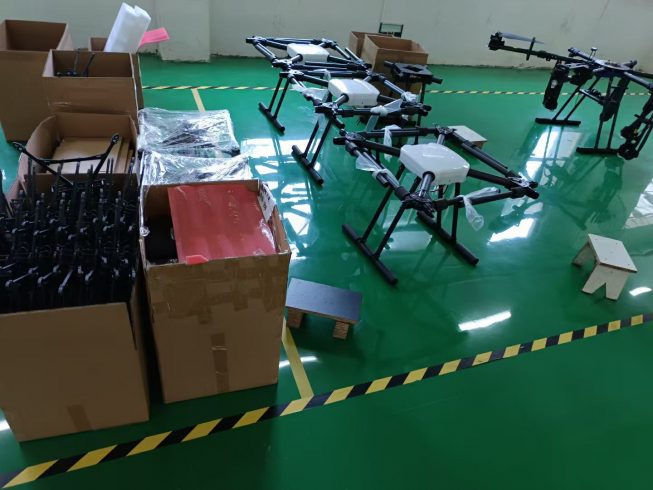
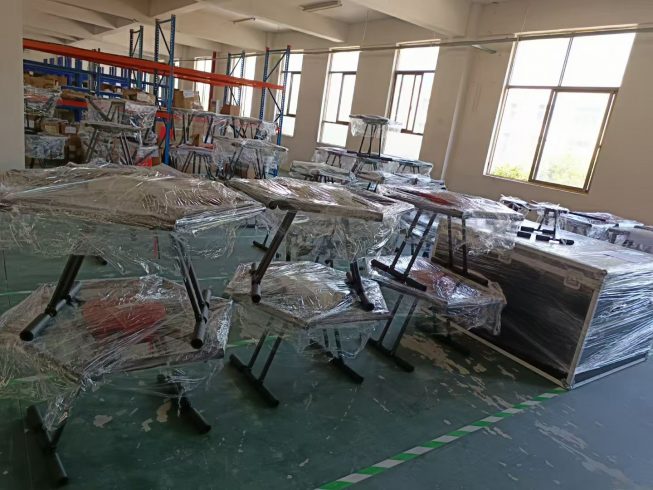

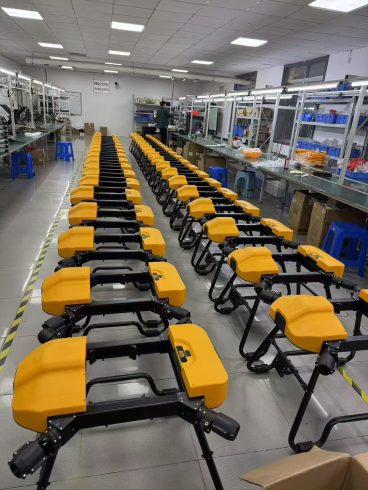
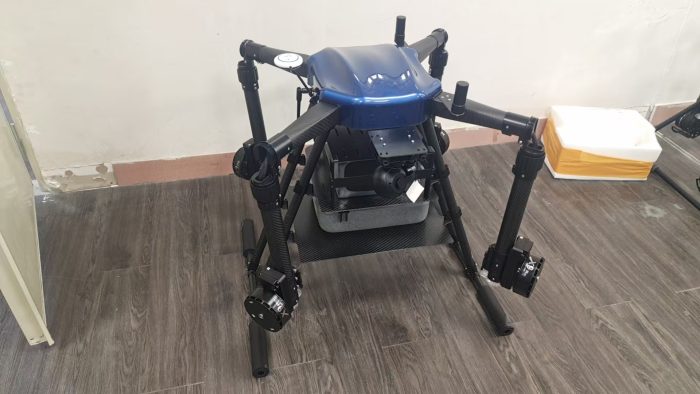

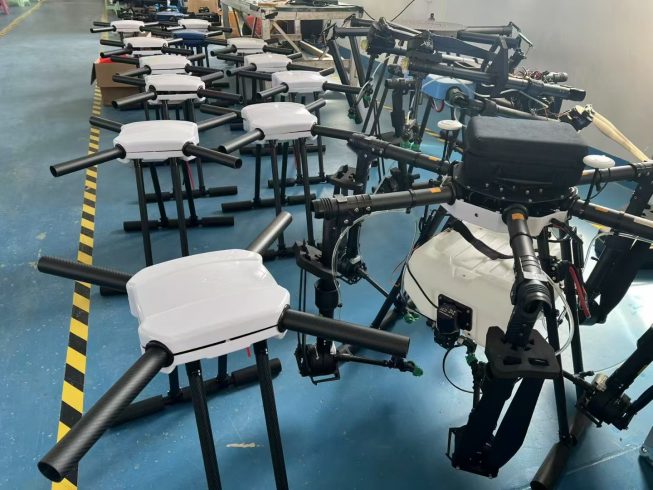
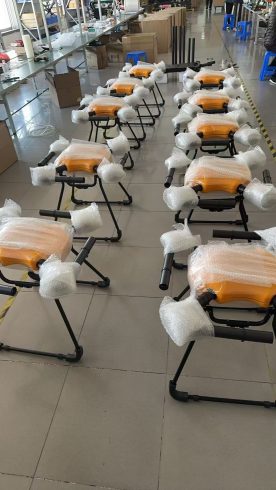
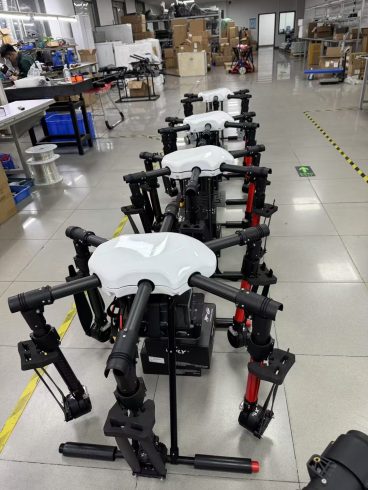
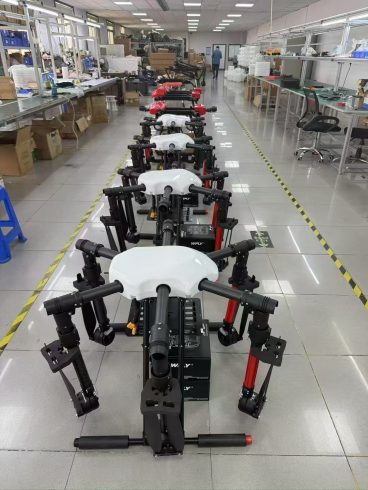
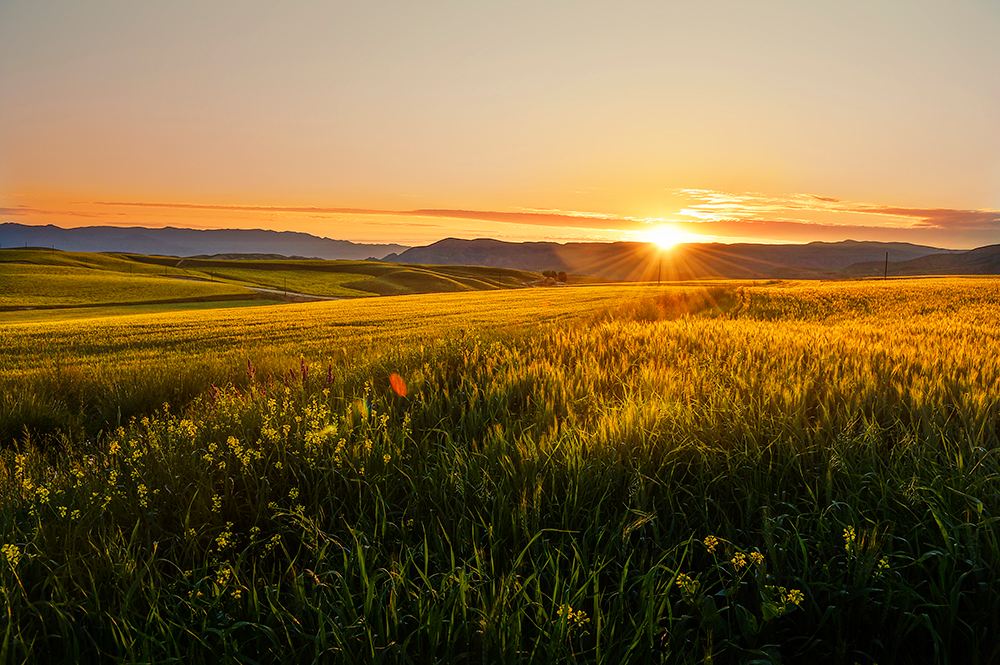
暂无评论内容